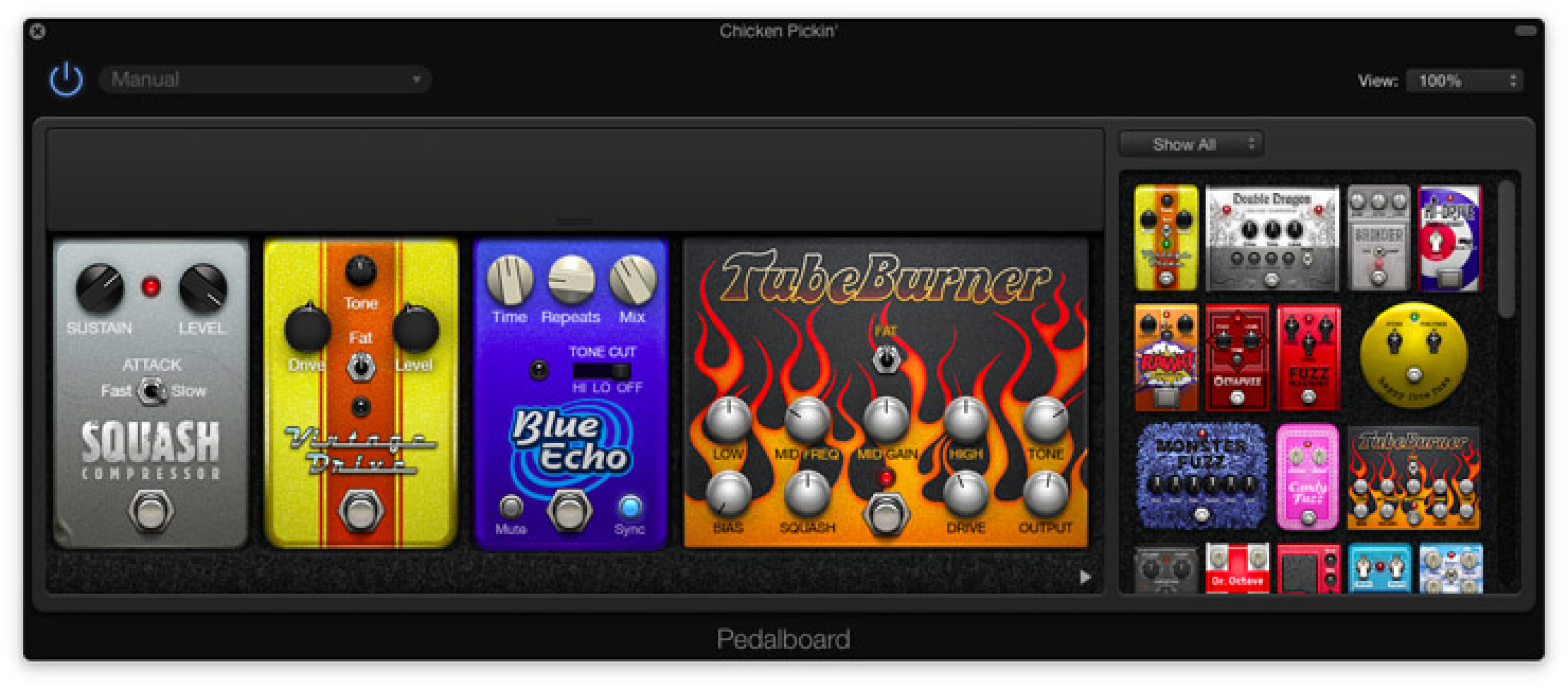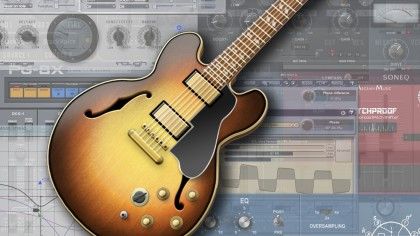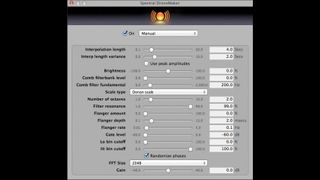

Seriously – if you have additional (more expert than li’l old me) advice, or corrections, or more questions, I’d love to hear from you - just leave a comment below or email me. Oh, and of course you can purchase it there too. If you’re inclined to listen to a sample chapter, head on over. (If you’re so inclined, you can read some of the other 1,216 reviews of Where the Hell is Tesla? over at. I love this funny sci-fi stuff and the narration is fantastic.” “★★★★★ In the company of recent great reads/listens like John Dies, Ready Player One, Lost and Found. “★★★★★ This guy has a future writing and reading. “★★★★★ The narration is superb with a good range of voices.” “★★★★★ The production quality is top-notch and the voices are spot on.” So I’d recommend a healthy 3 seconds of absolute silence at the beginning and end of each chapter.Īs far as reviewers, I haven’t received a single negative comment about production quality, and in fact have gotten some really nice production-related feedback: There were a couple of chapters that they kicked back, because I didn’t leave enough head and tail (beginning and end) silence. My files, using the settings above, went through no problem. Garageband Export Settings for Audiobook ACX, Audible Feedback from ACX and audiobook reviewers (?) Then, I literally just exported with Share > Export Song to Disk > MP3/HighQuality 192 kBit/s. As I showed above, I simply played with plugins on the Master and individual tracks. I guess you could call that mastering. I’m not sure what they mean by this, as I didn’t do anything extraordinary on these files and they worked out great. I received a comment recently from someone concerned about the ACX / “mastering” requirements.

Chapter 1 Track – Compressorįor each chapter track, I turned on the Compressor, and tweaked the values.
#GARAGEBAND PLUGINS DOWNLOAD#
I totally recommend playing around with them visually, but if you want the exact numbers, download the sample Garageband file, or use these:įrequency 92.0 Hz Slope 24dB/Oct Q: 0.20įrequency 160.0 Hz Gain +20.5 dB Q: 1.10įrequency 7000 Hz Gain +0.0 dB Q: 0.71 5. For the Chapter 1 Track, (and all chapters started with these settings), I wanted to add bass to fill out the sound, give it some gravity, take out a little of the middle, or leave it flat, to make it less “mushy,” and punch up the high end just a little to make sure it was crisp and not overly bassy. I changed the default EQ values as follows: (Note that if you start a new Garageband file to record your audiobook and choose “Voice” as the project type, it’ll give you lots of tracks/options to play with.) Okay, that was it for the Master Track settings (though you can also play with the master volume, but we’ll get to that in a minute). Garageband Limiter settings for Audiobook Master Track 4. So if you see something here that looks wonky or wrong, let me know and I’ll update/fix it, so you’re more prepared to record your own audiobook. I do have lots of experience recording voiceover and music, with professionals, but I’m the first one to say I don’t know everything, just enough to be dangerous, and for higher-end stuff I usually have other people at the controls.
#GARAGEBAND PLUGINS PROFESSIONAL#
Special note: I am NOT a professional sound editor. Here are some Garageband screen shots/descriptions showing the settings and the (built-in) plugins that I used. It’s got all my settings for a Master Track and a”Chapter 1″ track for your audiobook.

Here’s a link to download a sample Garageband 10.1 file I thought this was a great idea, but since Garageband has a kind of loosey-goosey user interface without a lot of specific numerical settings, I decided to do two things: The post got a lot of positive response, and just the other day I got a request from Mark Clason for the actual settings I used in Garageband.

Hi folks! A while ago I posted about recording an audiobook for my novel Where the Hell is Tesla? (I used Garageband for recording and exporting to ACX/).


 0 kommentar(er)
0 kommentar(er)
